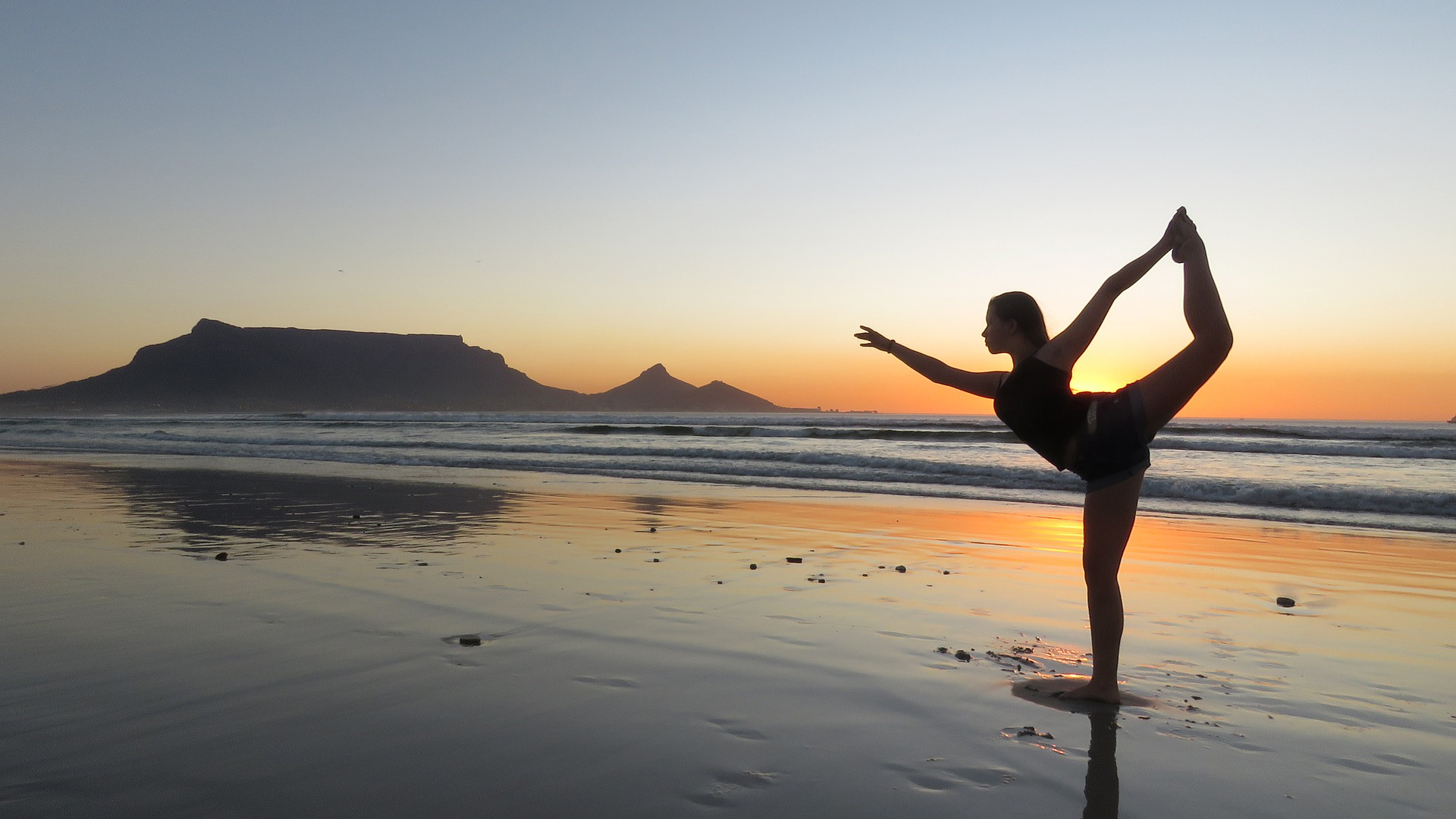By Sherry Roberts
 Developing a personal yoga practice is the difference between practicing yoga as an exercise and adopting it as a lifestyle.
Developing a personal yoga practice is the difference between practicing yoga as an exercise and adopting it as a lifestyle.
Many yoga teachers encourage students to develop a personal yoga practice at home once they reach a level of expertise. Class becomes a place to reenergize, to pick up new yoga tools and skills, and to get the proper guidance and help from an expert.
Yoga teachers consider personal yoga practice important. Jillian Pransky, who teaches yoga at Yoga Zone in New York, the YMCA in Hoboken, NJ, and New School University, says, “Once you feel confident in a classroom practice, developing a personal practice is essential to understanding yoga. The more advanced you become in your practice, the more it should happen on your own.”
A personal yoga practice shows commitment, motivation, and the desire to make yoga a part of your lifestyle. It also shows a degree of maturity in your practice that you feel comfortable enough to practice—and plan a practice—without the support of a class or teacher.
In the November 2001 Yoga Journal, teachers Tim Miller and Sarah Powers discussed personal practice. Both noted that the difference between a personal yoga practice and doing a few asanas to keep limber is that a true yoga practice results in a change of consciousness—a deepening of one’s awareness of one’s self and the world.
“The true yoga begins when [you] leave the studio,” Miller said. “Yoga is all about being awake, being mindful of your actions.”
Powers said, “I see classes as an adjunct to home practice, not vice versa. Yoga truly becomes your own when you rely on the strength of your love and dedication primarily, and not on the structure of a class.”
How to Design a Personal Yoga Practice
“Part of personal practice is learning what your needs are for that day, that moment, that hour you carve out for practice—and that takes intuition,” said Pranksy, who practices five times a week on her own and maintains those are her best practices. “Yoga is meant to meet your needs day by day and moment by moment, practice should reflect what you are trying to bring into balance at the time.” Pransky usually begins her personal practice by quieting her mind and sitting in meditation. She listens to her body to intuit what yoga it needs—restorative and meditative or strong and invigorating.
If you’ve spent the day staring at the computer, your body may yearn for an energizing, active practice. If you’ve spent the day hiking, you may decide a soft, restorative practice is in order.
Pranksy advises writing down the order of asanas (called a sequence) and following your list as you practice. She suggests that you note sequences in your classes and on videos and incorporate those into your practice.
Sun salutations are considered a time-efficient way of practicing. Yogis often follow sun salutations with standing, sitting, and inverted poses. Some yogis plan active asanas for morning practice and leave the more relaxing inverted poses, forward bends, and meditation for evening. Bring balance to your sequence of asanas. Postures that bend or twist to one side should be balanced with postures that bend or twist to the other side. Forward bends balance backbends. Poses that stretch and expand balance poses that curl and contract.
Start with small pockets of time, such as ten minutes, and let your practice grow as you feel the need. Keep yourself motivated by designating a special place in your home for your yoga. It should be quiet and clean—a space that will absorb the energy of your practice. It should have a yoga mat as well as any props you like to use: a blanket, bolster, blocks, and straps.
Use music to motivate you and experiment with different types of music for different types of practice: inspirational chanting, soft music, African drumming, jazz, rock. Don’t rule out anything until you’ve tried it.
What Does a Good Practice Feel Like?
Many people believe that they should leave yoga class or practice feeling tired. That’s the old gym mentality—gotta sweat and get a good workout. Pranksy debunks this myth about yoga. “Yoga should constantly refresh and energize, constantly open our channels. Be mindful of breath. Approach challenging poses not with trying and tension, which can tire you out, but in a way that helps to ground, rejuvenate, and open you. Come from a calm and centered place in even the most challenging of poses. Become spacious, relaxed, and energized.”
____________________
I write Minnesota mysteries with a yoga spirit. When yoga teacher Maya Skye isn’t fighting crime, she is practicing yoga alone in her studio, Breathe. Read about her adventures, which are sprinkled with yoga stories and ideas: Down Dog Diary (book 1), Warrior’s Revenge (book 2), and Crow Calling (book 3).





